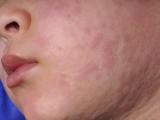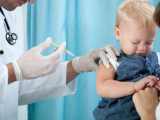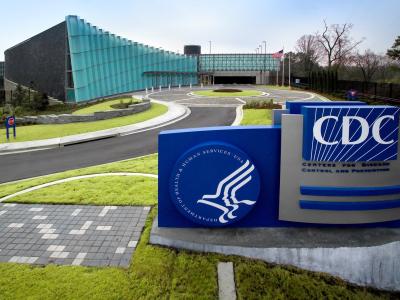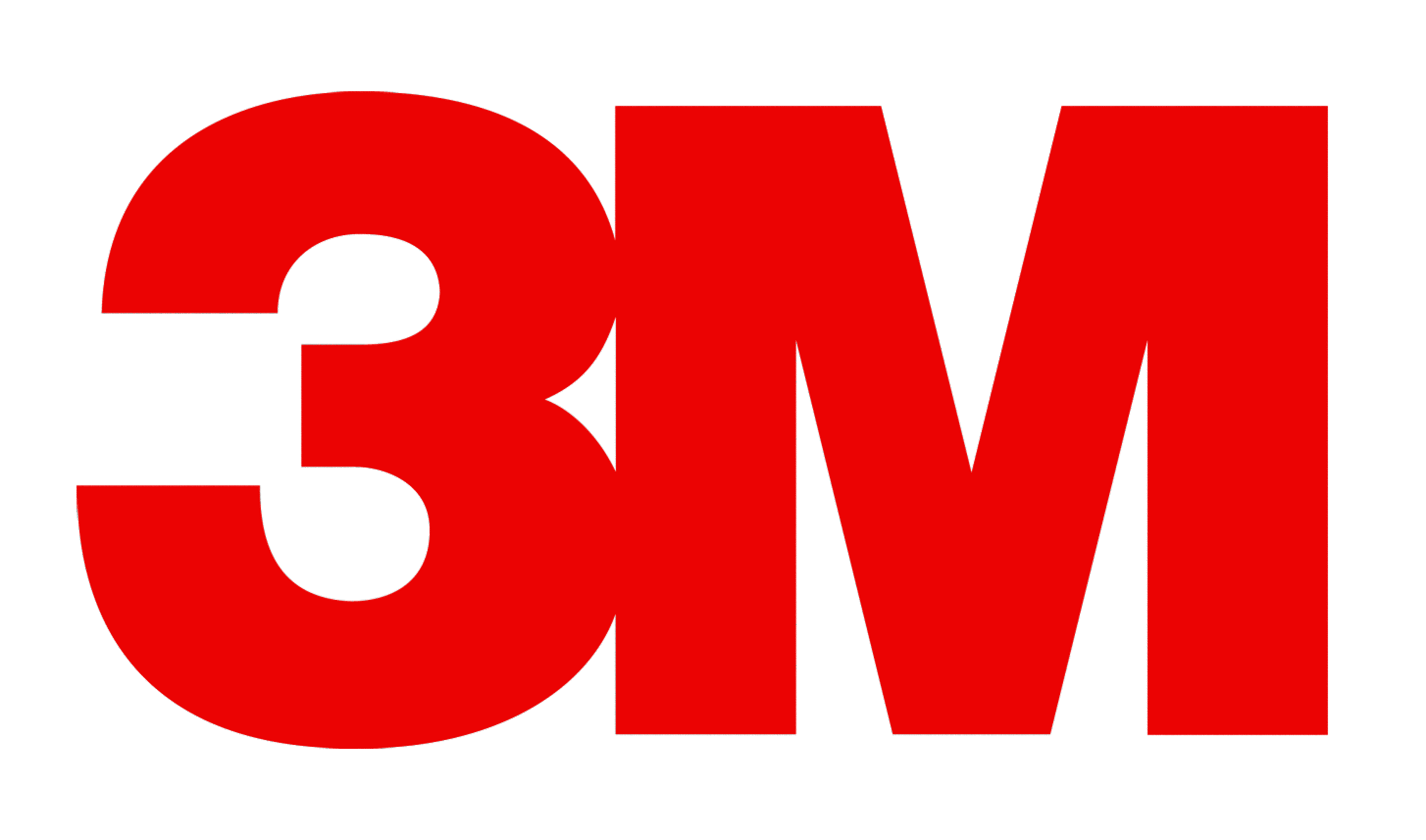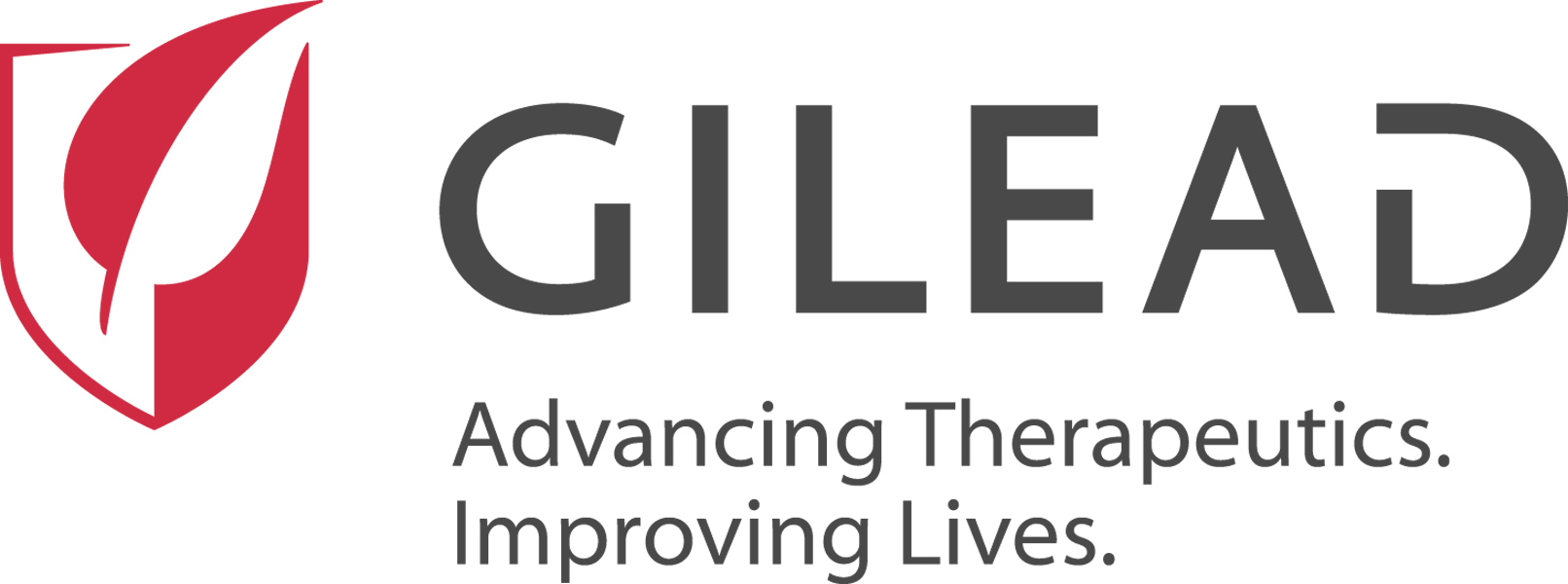In October 2022, a measles outbreak began in central Ohio near Columbus that resulted in 90 cases. All infections were in children younger than 15 years, and children from the Somali community were especially hit hard in the early stages of the outbreak.
Today a repeated cross-sectional study in JAMA Network Open shows that, at 12 and 20 months after the outbreak began, measles, mumps, and rubella (MMR) vaccine coverage remained well below the 93% herd immunity threshold in central Ohio, suggesting that news of the outbreak and awareness of measles did not trigger a significant uptake of MMR vaccine.
The study was based on 149,092 children seen at a large primary care network that served most of the central Ohio region. The authors used electronic medical records (EMRs) to assess MMR vaccination coverage over time, including timely receipt of first-dose (MMR1) and second-dose (MMR2) vaccine during the outbreak onset (October 8, 2022), 12 months later (October 8, 2023), and 20 months later (June 8, 2024).
The study included all children in the network who were 15 years and younger and had at least one well-child visits in the 2 years prior to the measles outbreak. The cohort was 8.6% of Somali descent and 91.4% of non-Somali descent.
Timely first-dose MMR vaccination unchanged over time
Timely receipt of MMR1 remained unchanged across the study period: 53.6% (66,143 of 123,490) at 0 months, 53.8% (71,588 of 133,067) at 12 months, and 53.6% (74,157 of 138,301) at 20 months.
Timely receipt of MMR2 increased from 57.9% at 0 months to 59.5% at 12 months and 60.2% at 20 months, the authors wrote.
Timely MMR1 vaccination remained significantly lower among children of Somali descent. At 0 months, 35.7% of those children had received a timely first dose, compared with 55.4% of children of non-Somali descent—a gap of 19.7 percentage points. The gap widened to 20.9 percentage points at 12 months and 22.1 percentage points at 20 months. At 20 months, however, 78.3% of children of Somali descent and 77.9% of children of non-Somali descent had received at least one MMR dose (timely or not).
For timely MMR2, there was no statistical difference in coverage rates among Somali (59.7%) and non-Somali (60.2%) children at 20 months.
Vulnerable communities
"These disparities suggest missed opportunities for early vaccination, which structural, cultural, or informational barriers may influence," the authors wrote. "However, differences narrowed by MMR2 eligibility, likely due to age-based catch-up, prekindergarten visits, or school-entry requirements."
Overall, vaccination rates seen in the primary care network were well below the 93% needed for herd immunity.
The persistence of low coverage metrics spotlights how the central Ohio pediatric population is at risk for future measles outbreaks.
"The persistence of low coverage metrics spotlights how the central Ohio pediatric population is at risk for future measles outbreaks," the authors concluded. "Given the continued resurgence of measles in underimmunized US communities, these findings underscore the urgent need to invest in proactive surveillance and targeted outreach."






